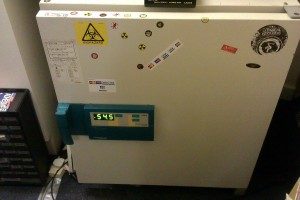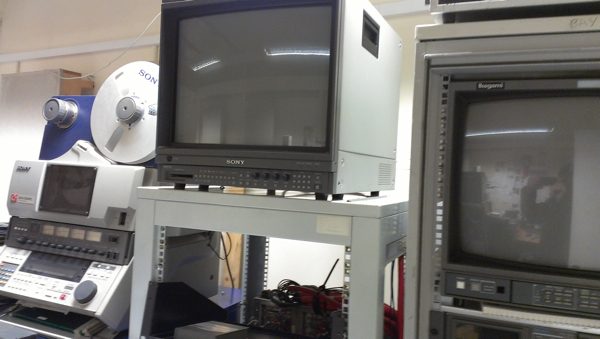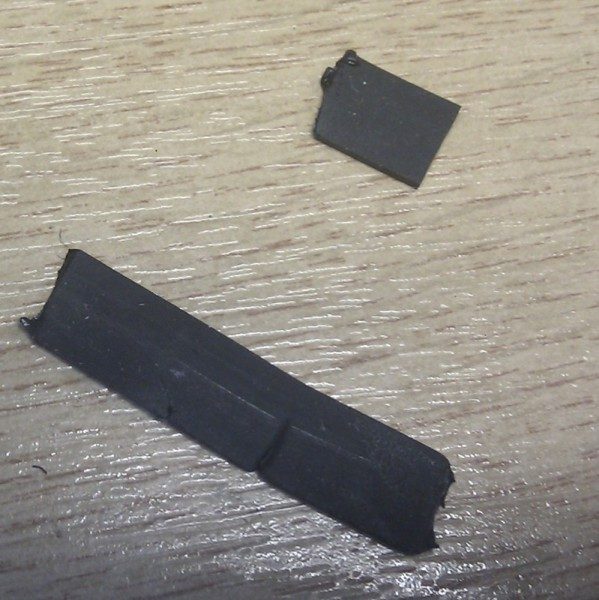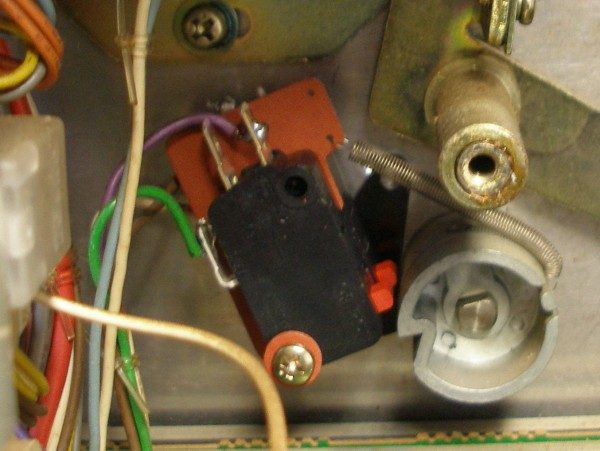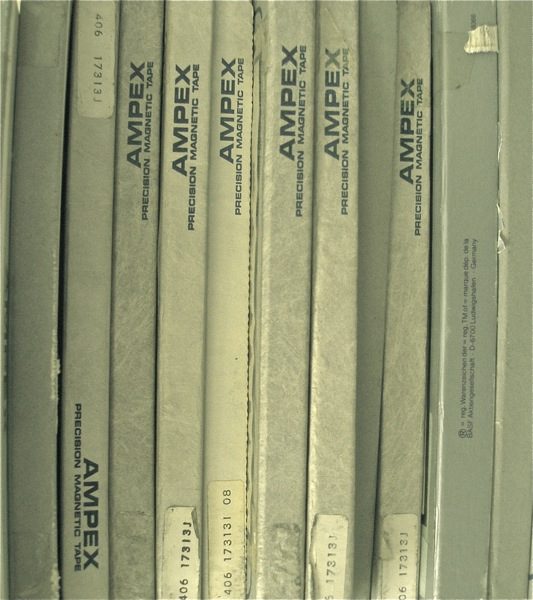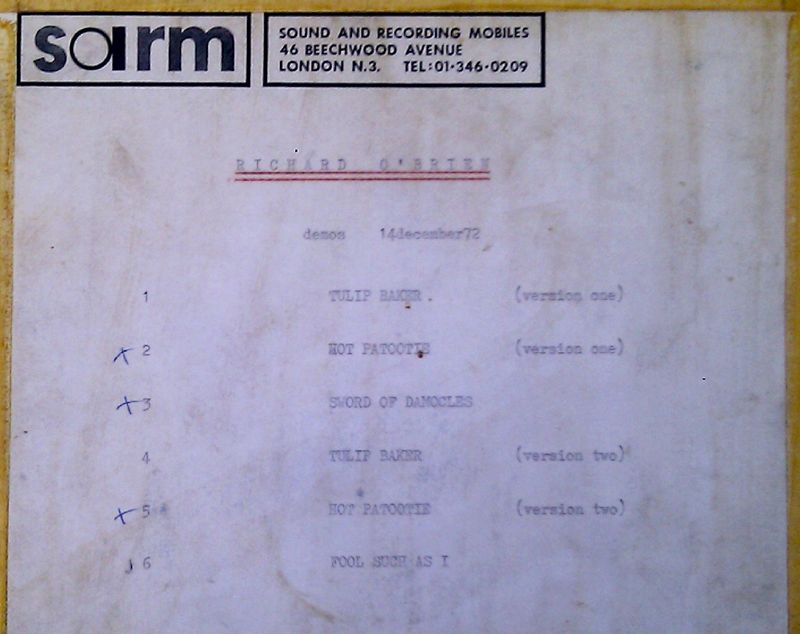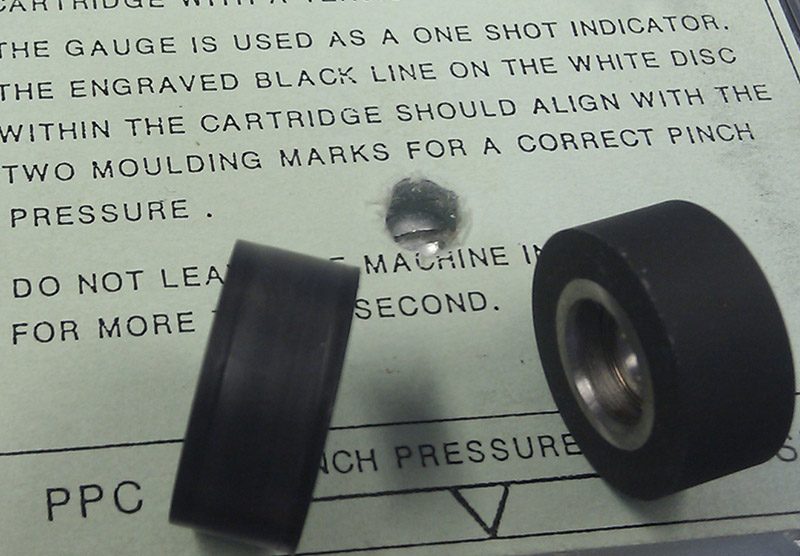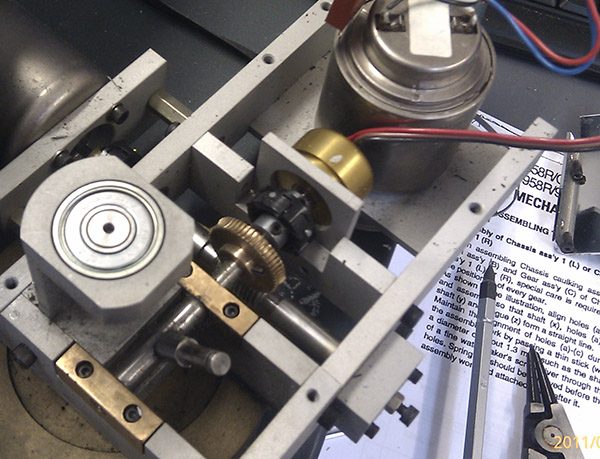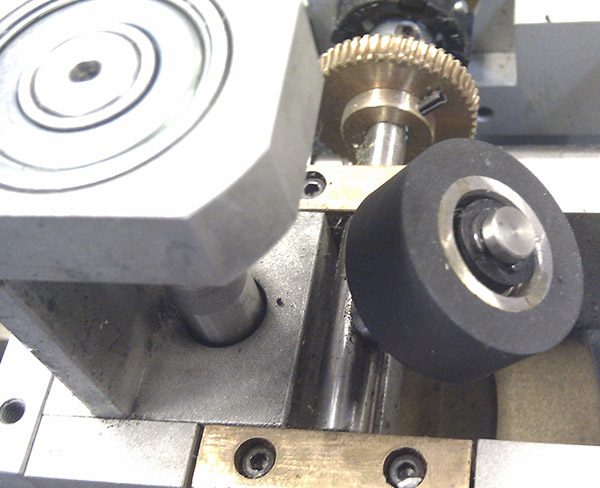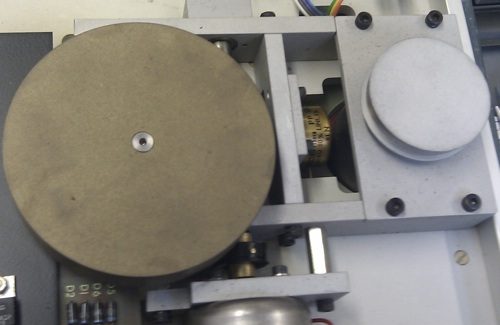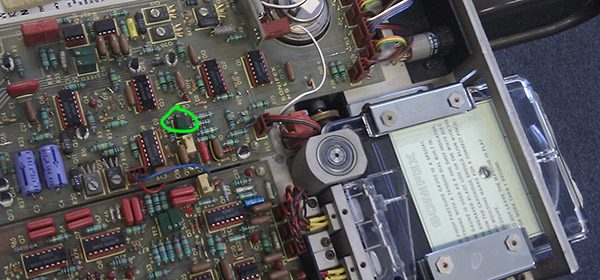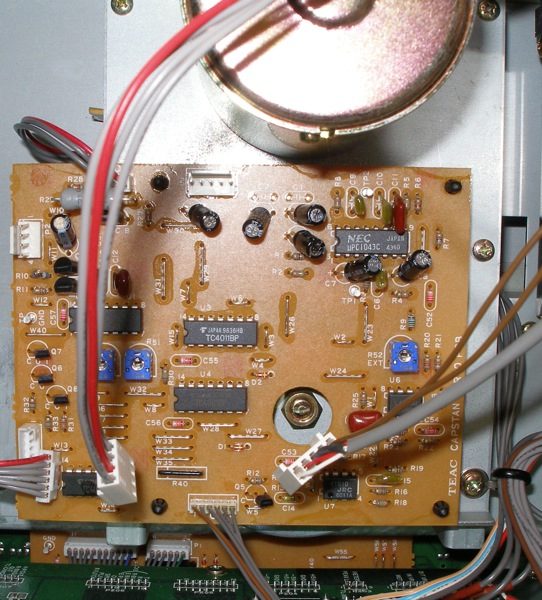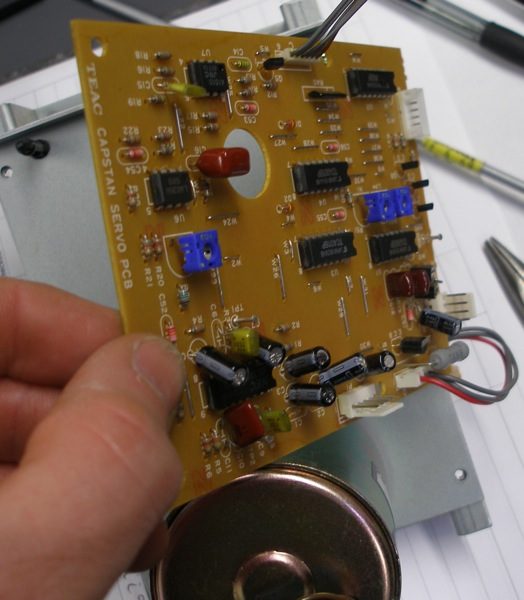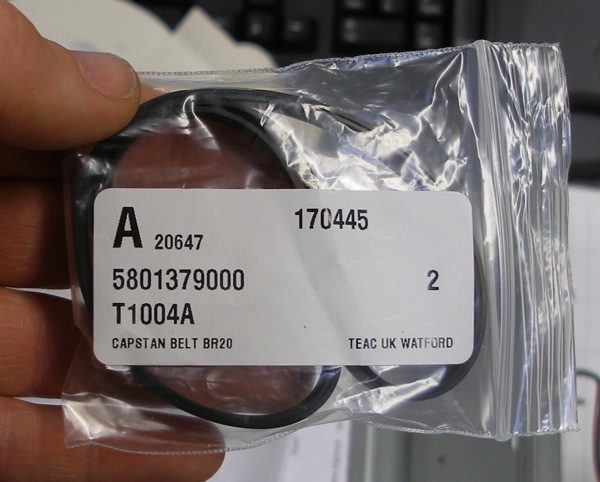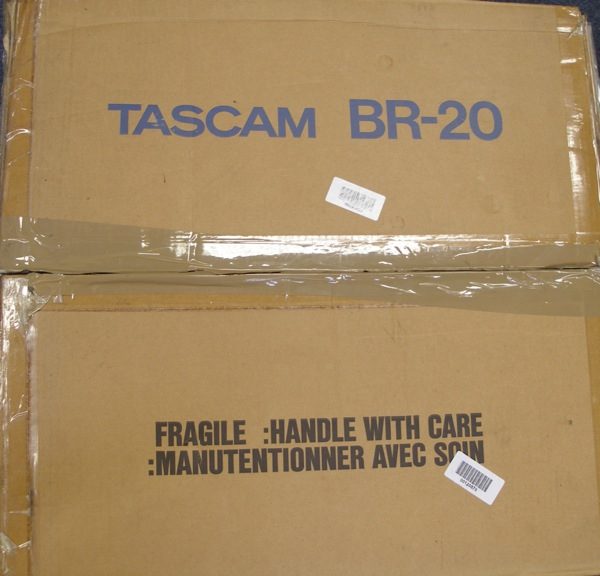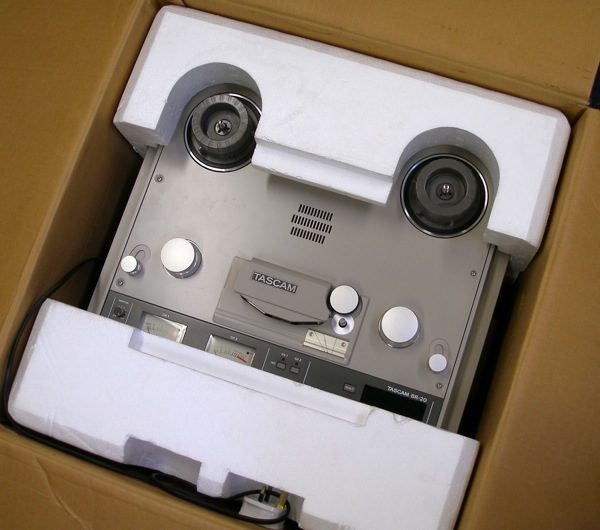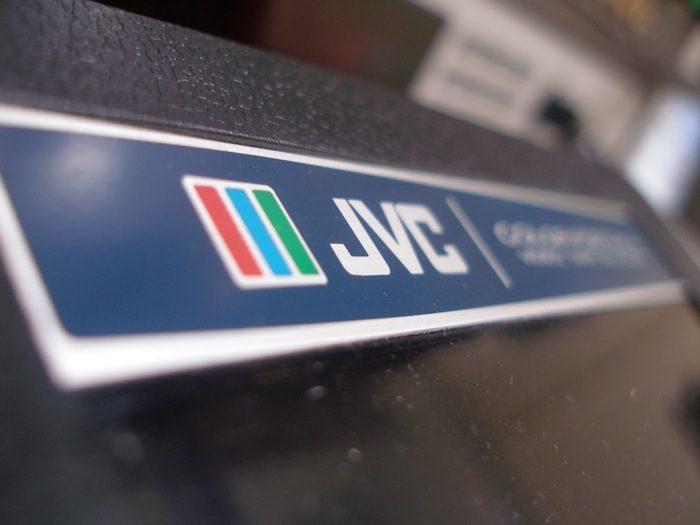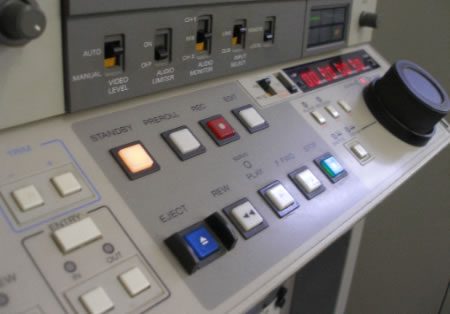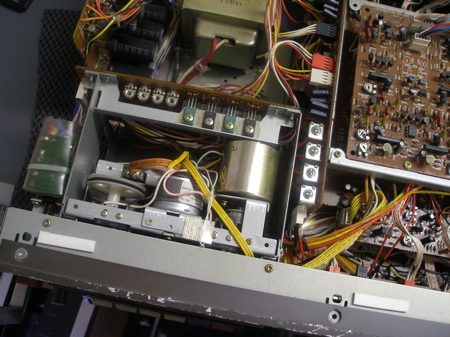
We were recently sent a collection of recorded interviews with residents of Hebden Bridge, a mill town in the Pennines. They were recorded on regular, domestic tapes of the mid-1970s, the kind that were sold in shops such as Woolworths or WHSmith.
As magnetic cassette tapes go, these cheaper tapes can often deteriorate at a fast rate because they were aimed at a mass consumer market, and therefore not made with longevity in mind. These tapes however were in excellent condition, and no issues arose in the digitisation process.
Here is what Susie Parr told us about the project behind the tapes, and the publishing plans for the material later this year. We were very happy to be part of a creative project that will enable the stories to be shown to new audiences because of digitisation.
‘In 1975 photographer Martin Parr moved to Hebden Bridge, a mill town in the Pennines, with some friends from art school in Manchester. In a project that was to last five years, he started photographing the area, documenting a traditional culture and way of life that were slowly declining. Susie Mitchell, who also lived in Hebden Bridge, wrote about the people and places that Martin photographed. Together they built up a record of the day to day lives of mill-workers, game-keepers, coal miners, hill-farmers and chapel-goers. As part of their research, Susie and Martin would tape record their conversations with some of the characters they met. Thirty years later, the elderly audio tapes have been digitised and the photographs and texts are going to be published by Aperture in a book called The Non Conformists. In September, an exhibition will open in London.’
Below is an audio snippet of one of the tapes. This is a raw unprocessed version, notice the tape hiss inherent in these types of recordings. Sympathetic noise reduction to reduce this type of noise, can be process on these file if necessary.


